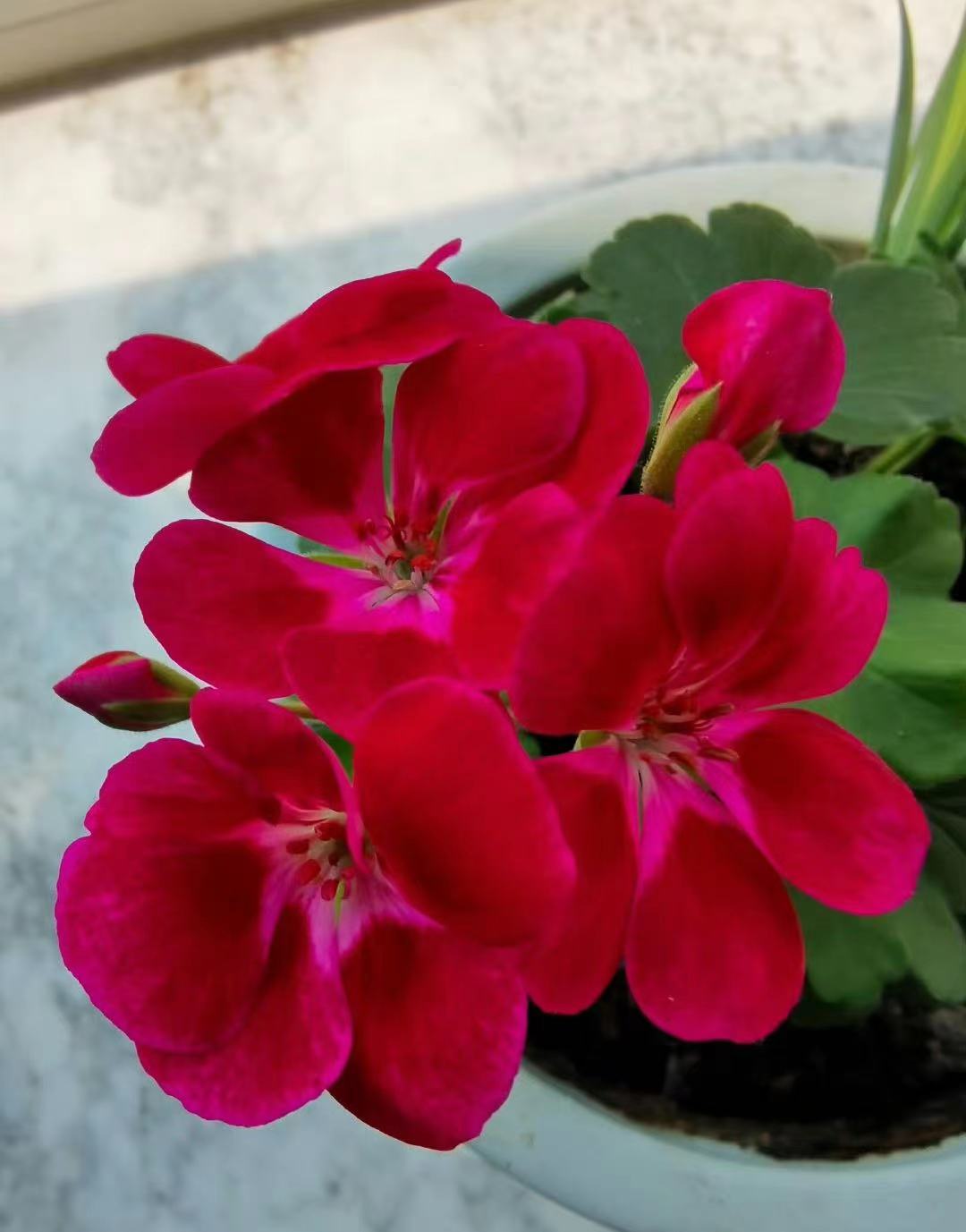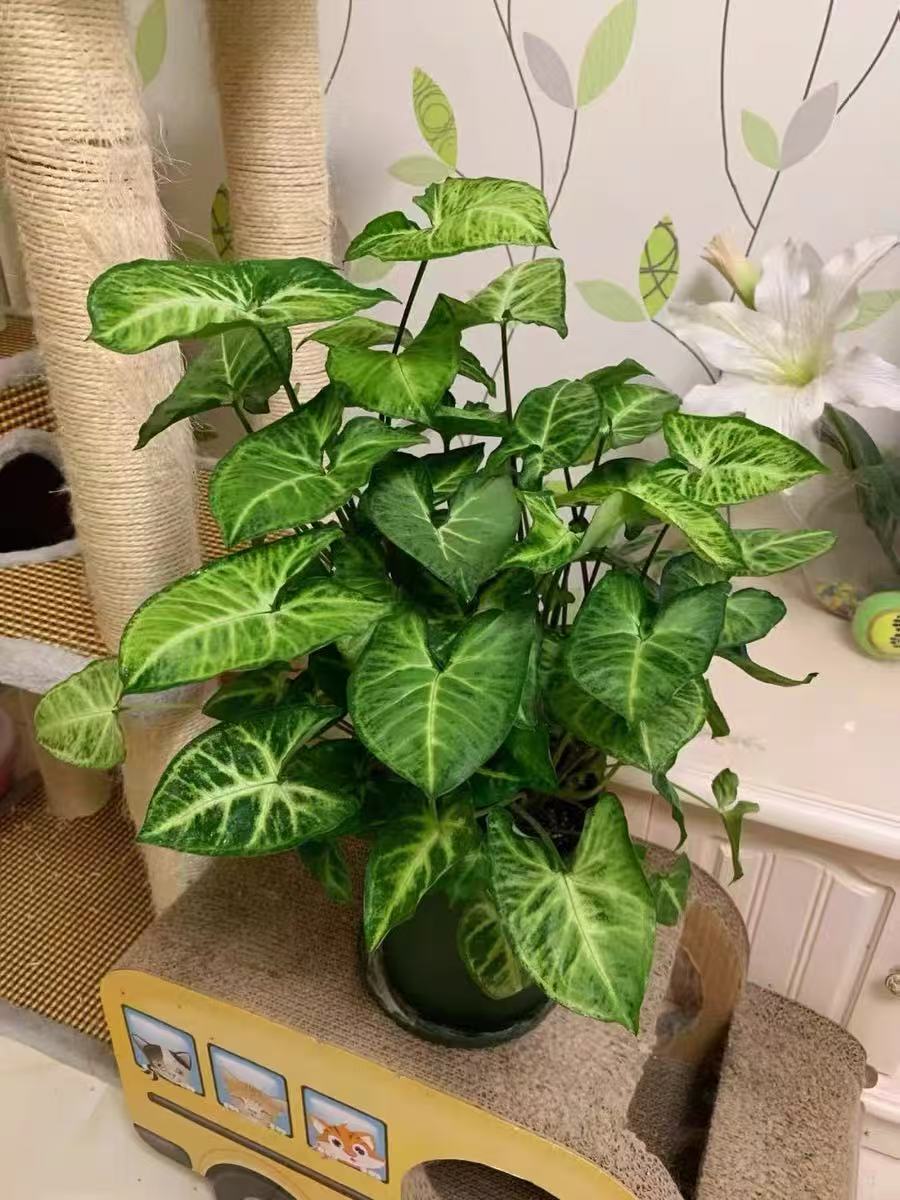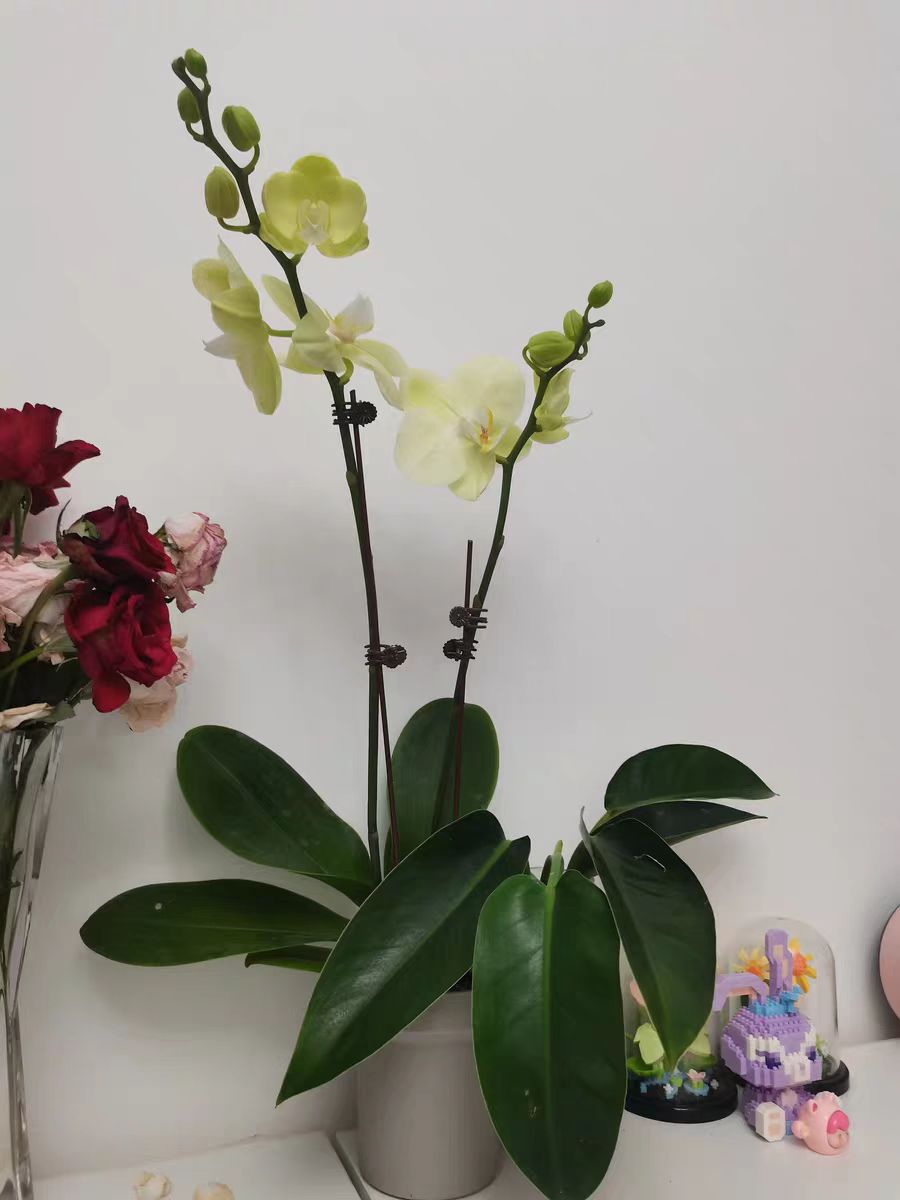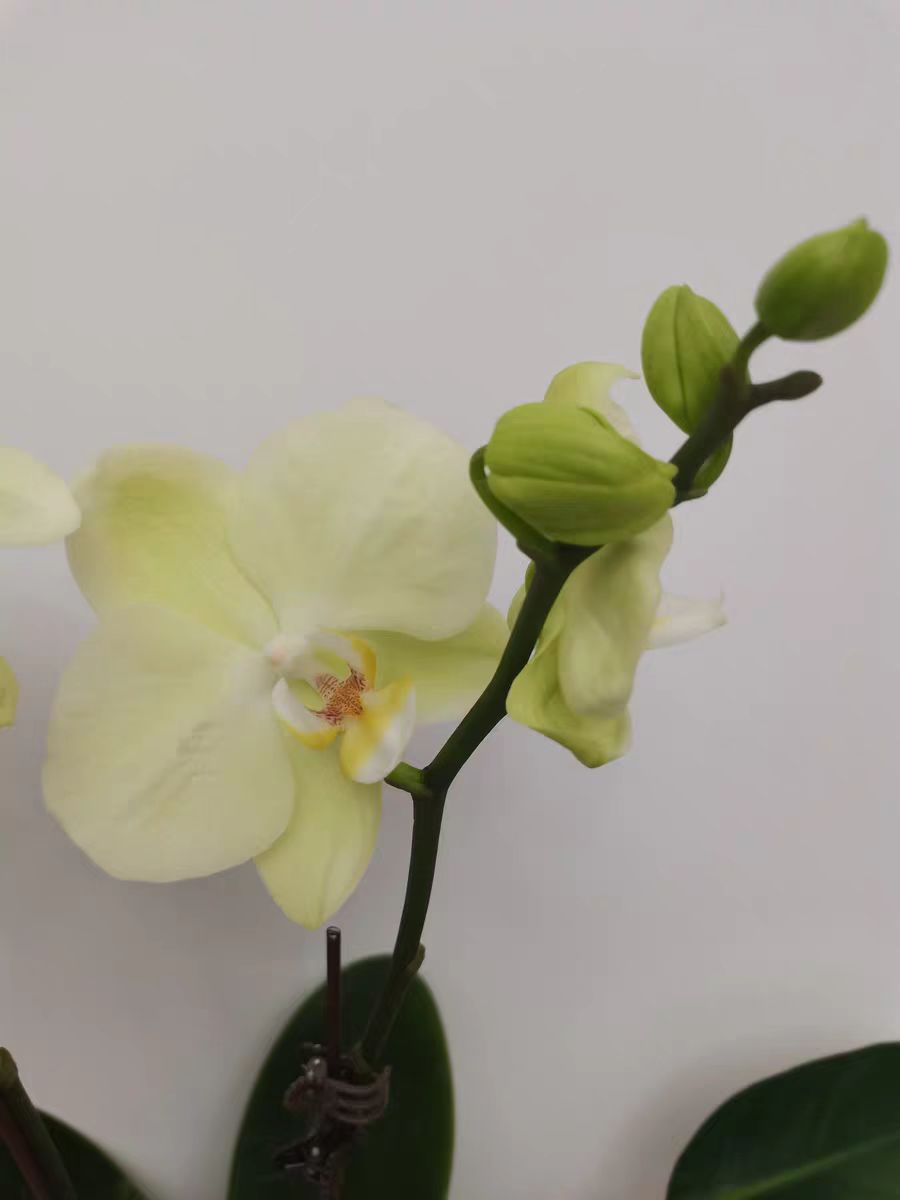Autumn is a season full of poetry and harvest, and it is also a good time for flower cuttings. In this season, there are five kinds of flowers that are particularly suitable for cutting and easy to survive. Let's take a look.
Kalanchoe blossfeldiana. Kalanchoe blossfeldiana has small and exquisite flowers, rich and diverse colors, and a long flowering period, which is deeply loved by people. Cutting Kalanchoe blossfeldiana in autumn has a high success rate. First, select healthy branches about 5 - 10 centimeters in length and keep several leaves on the top. Insert the branches into a loose and well-drained substrate, such as a mixture of perlite and peat soil. After cutting, keep it moderately moist and avoid water accumulation. Place it in a well-ventilated place with scattered light. In about two weeks, new roots can be seen growing.
Rose. Roses are known as the "queen of flowers". They have gorgeous colors and a wide variety of varieties. In autumn, select semi-lignified branches that are current-year, robust, and free from pests and diseases as cuttings, about 10 - 15 centimeters in length, and keep 2 - 3 leaves on the top. Cut the bottom of the cuttings into oblique mouths, dip them in rooting powder, and then insert them into moist sandy soil or vermiculite. After cutting, roses need to pay attention to moisture retention and shading. Roots can grow in about a month.
Pelargonium. Pelargoniums have dense flowers and a long flowering period, and are very popular household flowers. For cutting pelargoniums in autumn, select the tender branches on the top, about 7 - 10 centimeters in length, and remove the leaves at the bottom. Insert the cuttings into loose culture soil, water thoroughly, and then cover with plastic film to maintain humidity. Place it in a cool and ventilated place, and roots can grow in about 2 - 3 weeks.
Bougainvillea spectabilis. When bougainvillea is in full bloom, it is extremely spectacular. For cutting bougainvillea in autumn, select one-year-old lignified branches and cut them into sections 10 - 15 centimeters long, with 2 - 3 bud points reserved for each section. Soak the bottom of the branches in rooting water for 1 - 2 hours, and then insert them into sandy soil with good air permeability. After cutting, keep the soil moist and avoid direct sunlight. Roots and sprouts can grow in about 3 - 4 weeks.
Schlumbergera. Schlumbergera has a unique shape and delicate flowers. In autumn, select 3 - 7 robust stem nodes as cuttings, and let them dry in a cool and ventilated place for 1 - 2 days. Then insert them into loose and fertile sandy loam soil with a depth of about 1/3 of the cuttings. After cutting, keep the soil slightly moist, and roots can grow in about 2 - 3 weeks.
It should be noted that the climate and environmental conditions in different regions may vary. In the actual cutting process, appropriate adjustments should be made according to the local situation.
What plants are suitable for cutting in autumn?

Share with
Tagged in :




Leave a Reply